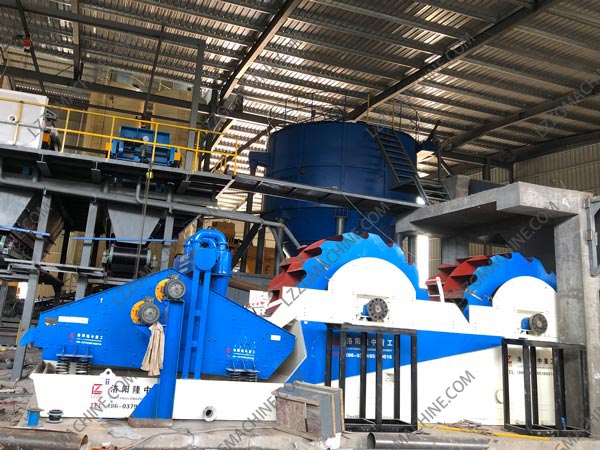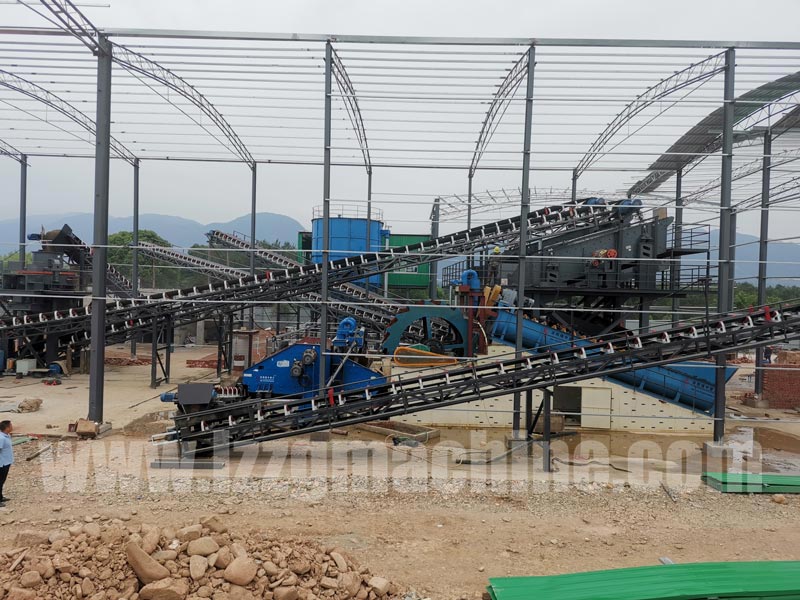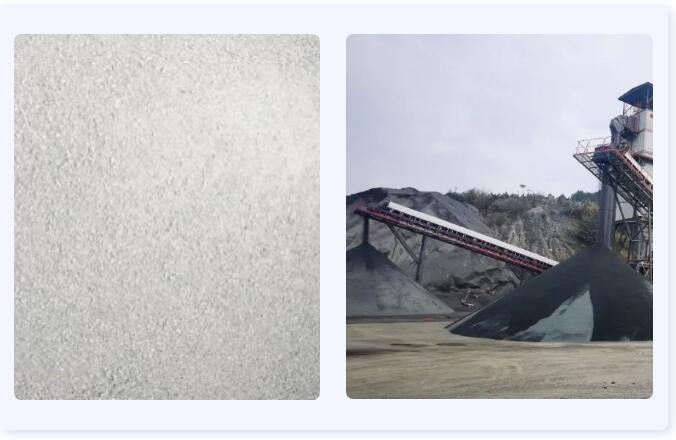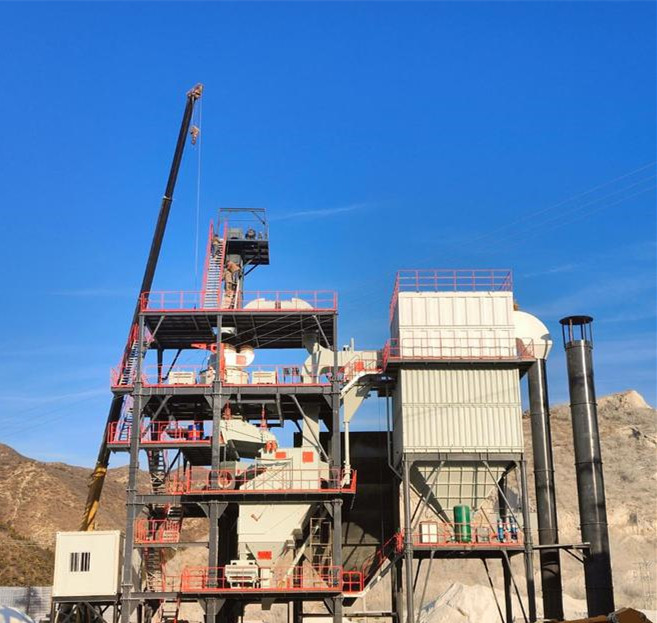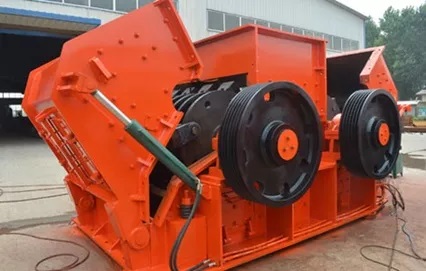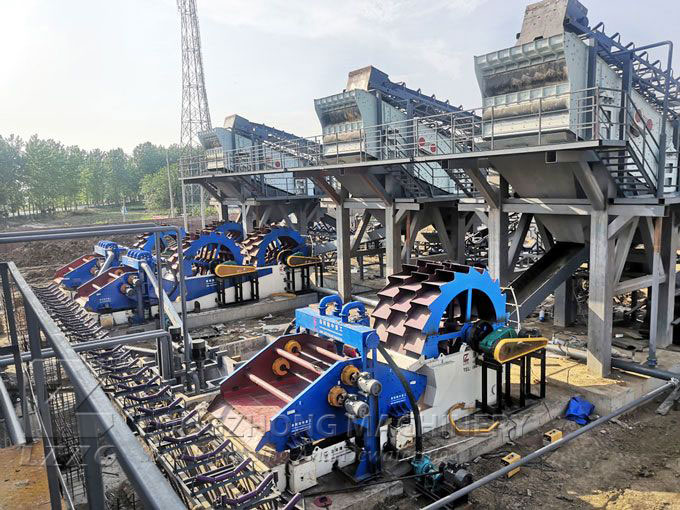The difference between dry sand making and wet sand making
 September.09,2020
September.09,2020
The process of crushing machine-made sand includes dry sand making and wet sand making. Both methods can produce high-quality sand and gravel. The wet sand making machine can clean the sand and gravel very cleanly, and it can also recycle the sand. Dry sand making equipment is relatively simple and does not need to consume a lot of water for sand washing.
How to choose dry and wet sand washing
The main equipment used in the two production lines is the same, that is, coarse crushing machine, fine crushing machine and high-efficiency sand making machine are the main parts. The purpose of the two is also the same, both are for higher sand quality and the standard for composite construction sand.
Wet sand making is a mode of sand making using a sand washer, which achieves the roundness of sand grains in appearance and reduces soil content. Wet sand making is suitable for water-rich areas and places close to water sources. In wet sand making, sedimentation tanks can be established to achieve recycling of water resources, and fine sand recovery machines can also be added to collect fine sand and sand powder in wastewater.
Dry sand making uses the mode of a powder classifier to achieve sand and powder separation, and finally select high-quality construction sand, and dust will also be collected as a by-product. Dry sand making is suitable for areas far away from water sources, such as the north and other arid areas. The investment in dry sand production is higher than that in wet sand production, and the process is also more complicated, so the application is not as extensive as wet sand production. Dry sand making can reuse a large amount of waste rock resources. Dry sand making equipment fraud is relatively low.
Under normal circumstances, the stones used in sand making have a high content of soil. If the distance to the water source is also close, the wet method can be used to make sand. The specific sand making method should be judged according to its actual situation.


